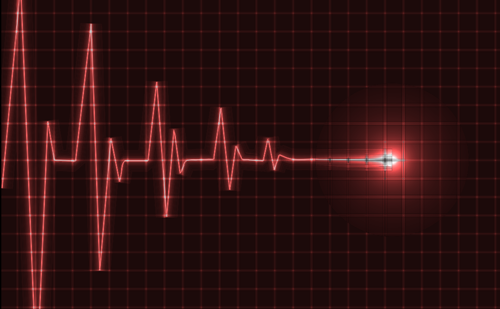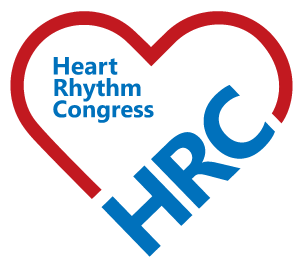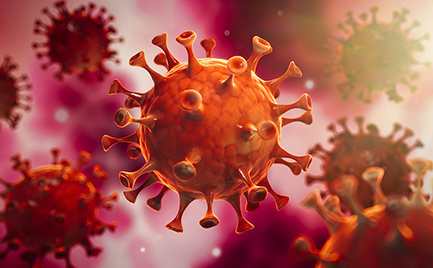Background: Conduction system pacing (CSP) can be achieved with His bundle pacing (HBP) or left bundle branch area pacing (LBBAP). Both result in physiological activation of the ventricles, but LBBAP is perceived to be technically easier and result in more reliable sensing, with lower thresholds. Acute and medium-term experience of CSP in district general hospitals has not been reliably studied, and this is vital if we are to adopt CSP for different pacing indications. Here we present our early experience of CSP.
Method: Patients underwent CSP if they had an indication for pacing for bradyarrhythmias and not if they met criteria for cardiac resynchronization therapy. Implant data, acute and chronic complications and pacing follow-ups were recorded. CSP was conducted according to previously defined criteria. Selective HBP was confirmed by an equal stimulus and His-QRS with isoelectric interval, single capture threshold and discrete local ventricular electrogram in HBP lead. LBBAP capture was assessed according to previously defined criteria, briefly; during unipolar-tip pacing there was evidence of right bundle branch morphology and a constant V6 peak left ventricular activation time of <80 ms at 5 V and 1 V or transition from non-selective to selective left bundle branch capture at near-threshold outputs.
Results: Thirty-six patients underwent CSP: 22 HBP, and 14 LBBAP. Baseline demographics included: 74 ± 10 years, 69% male, intrinsic QRS duration of 108 ± 20 ms and left ventricular ejection fraction of 51 ± 12%. The indications for pacing included 23 (64%) patients with highdegree atrioventricular block, 11 (30%) patients with sinus node disease, 1 (3%) was scheduled for an atrioventricular nodal ablation for rapidly conducted atrial fibrillation and 1 (3%) was enrolled in the HOPE-HF study. HBP was successful in 18 (82%) patients and LBBAP in 13 (93%), as we were unable to achieve CSP according to the pre-defined criteria in the remaining patients and therefore they were implanted with an endocardial right ventricular lead. There were no acute complications in either group. In the HBP group, the baseline sensing was 3.7 ± 2 mV and threshold was 1.5 ± 0.9 V at 1 ms and HBP resulted in a similar paced QRS duration compared with intrinsic rhythm (109 ± 24 versus 108 ± 20 ms; P=0.880). Patients were followed-up for 27 ± 16 months, and HBP was present in all patients except one, as they lost HBP capture following an atrioventricular nodal ablation. There were no other chronic complications. There was no significant difference in sensing (3.25 mV; P=0.197) or threshold (1.4 V at 1 ms; P=0.569), compared with implant. In the LBBAP group, the baseline sensing was 14 ± 6 mV and threshold of ≤1 V at 0.4 ms. There was no significant difference in the paced and intrinsic QRS duration (109 ± 16 versus 111 ± 22 ms; P=0.944). There were no acute complications. At 3 months, there was no significant difference in the sensing (16 mV; P=0.313) or threshold (0.8 V at 0.4 ms; P=0.101) compared with implant. There were no chronic complications.
Conclusion: We have demonstrated that CSP can reliably be undertaken for patients with bradyarrhythmias. Although LBBAP resulted in better sensing and lower thresholds compared with HBP, both parameters remained stable during extended follow-up. These results support the role for undertaking CSP in district general hospitals, and this will potentially lead to improved patient outcomes, compared with conventional pacing. ❑
Figure 1: Box and Whisker plots showing change in pacing parameters















